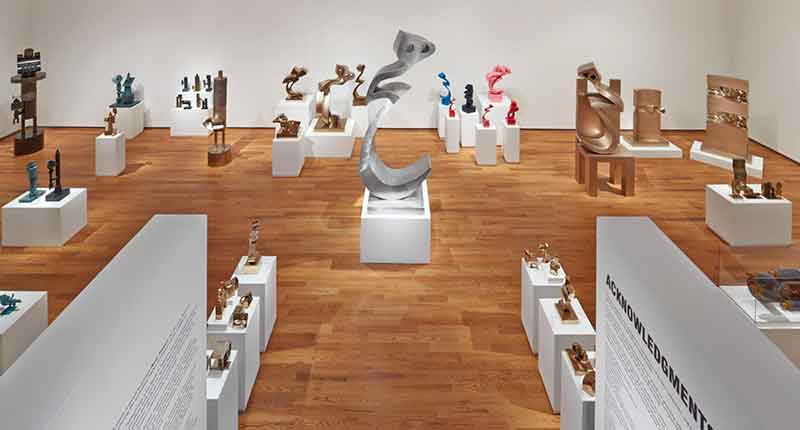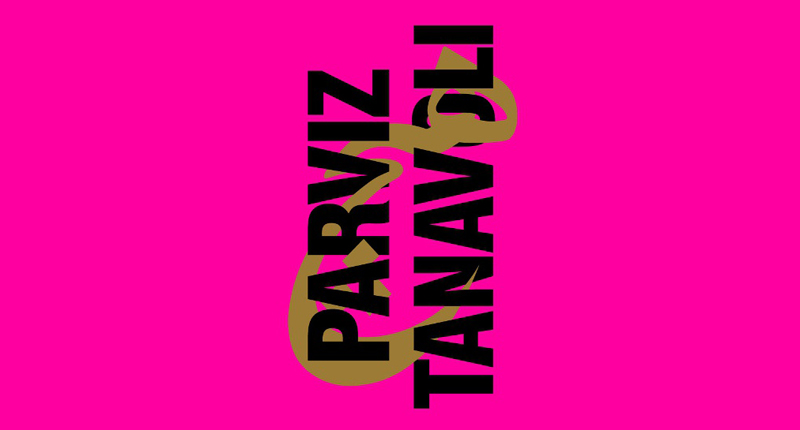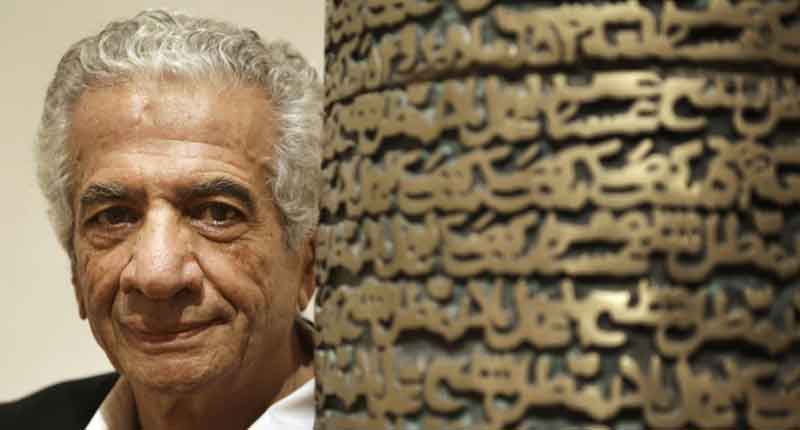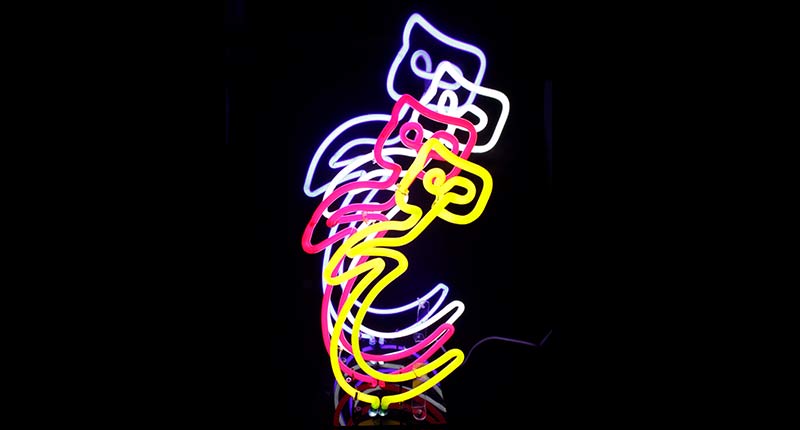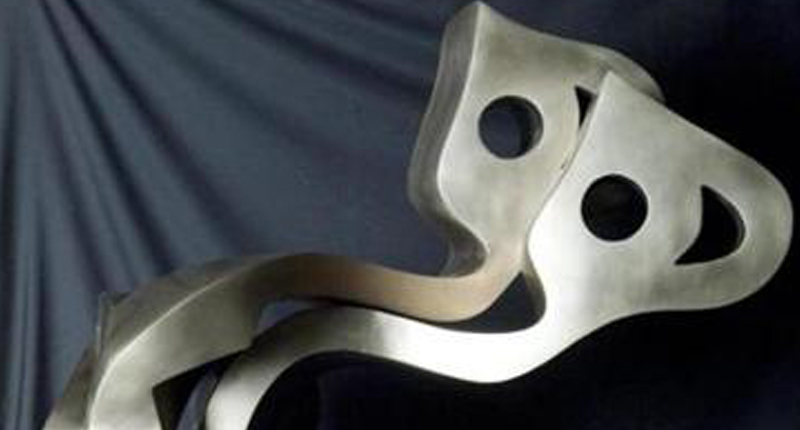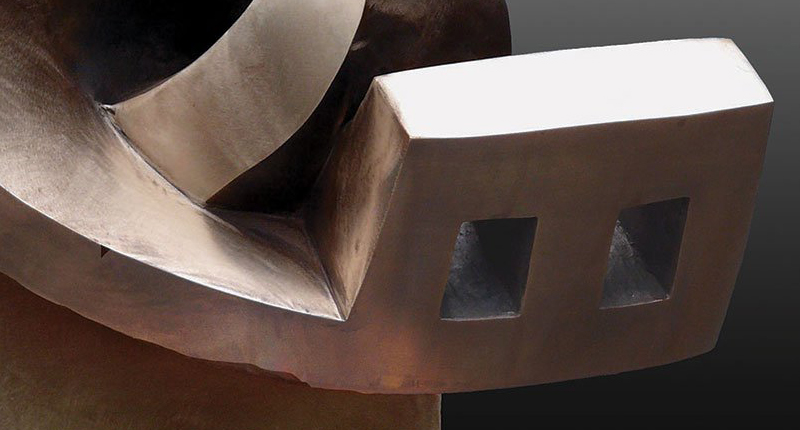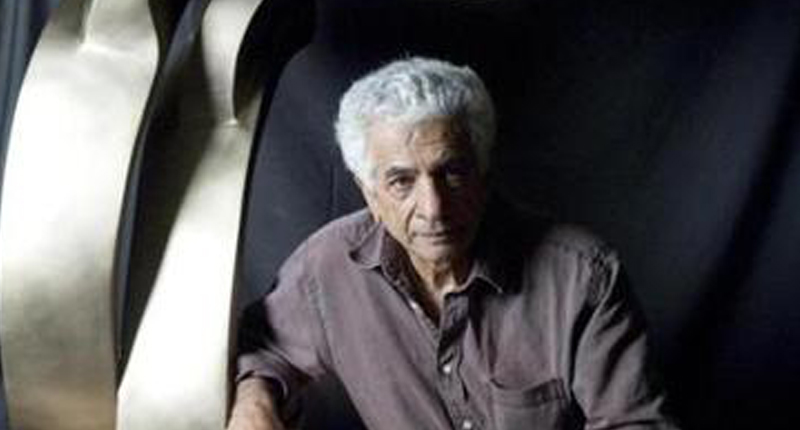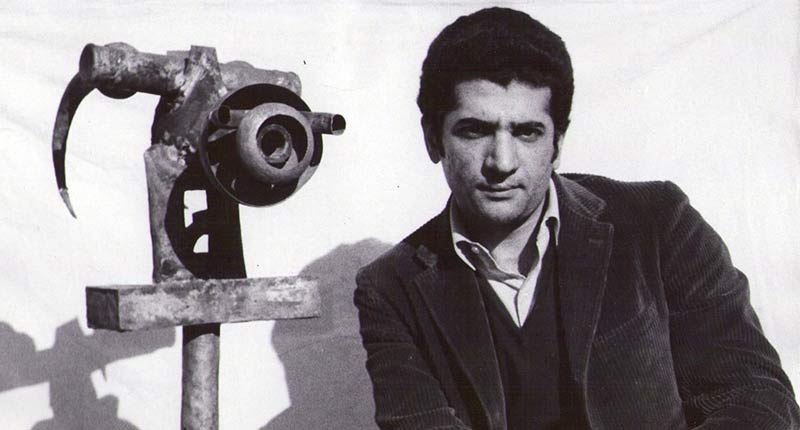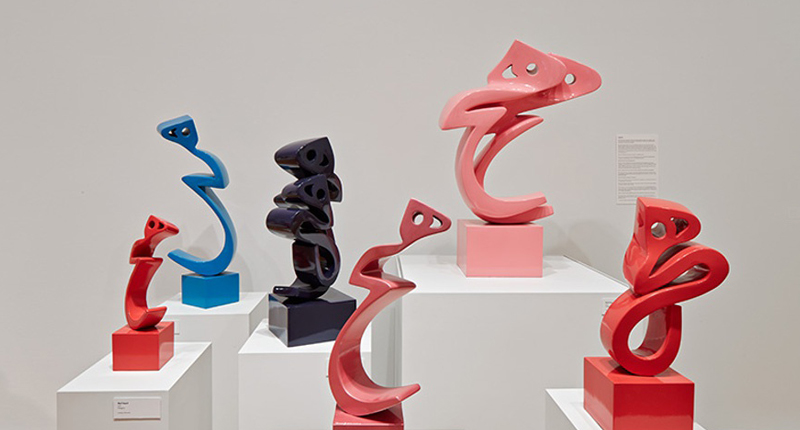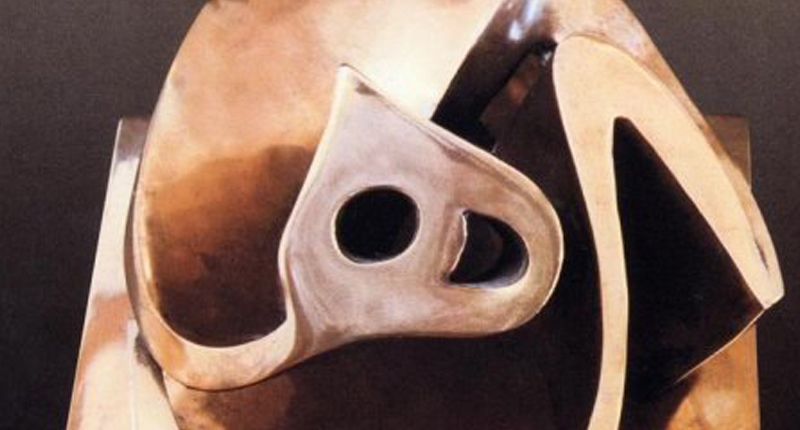"New dawn for Iranian artist Parviz Tanavoli in America's galleries"
By Anna Seaman | The National
9 February 2015
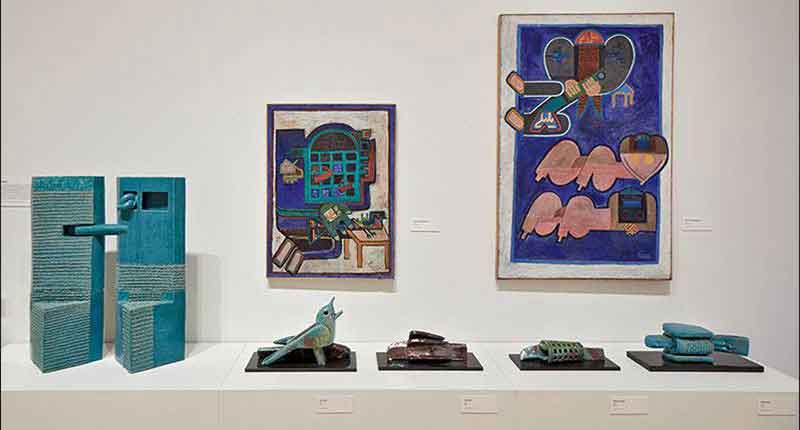
This week, the Iranian artist Parviz Tanavoli – one of the Middle East’s greatest talents and the one who holds the record at Christie’s Dubai for the highest-priced work ever sold at auction – opened a major retrospective at The Davis Museum, Wellesley College in Boston.
Shiva Balaghi, a cultural historian of the Middle East and one of the two curators for the Boston show, says the 77-year-old artist’s work appeals to collectors because “it’s beautiful, it’s original and it’s meticulous”.
Balaghi,who is a visiting scholar of art history at Brown University, has worked alongside Lisa Fischman, the director of The Davis, to source material from across the many mediums Tanavoli has worked with since the 1950s.
“Most people are familiar with Tanavoli’s sculpture, in particular his Heech series,” says Balaghi. “[But] some years ago, I spoke about his art as part of some lectures I gave at the British Museum and at Abu Dhabi Art and I focused on the figure of Farhad [from Persian poet Nizami Ganjavi’s epic love story Khosrow and Shirin] in Tanavoli’s works.
“I traced Farhad back to some drawings Tanavoli made in the 1950s when he was still an art student in Italy. It became clear to me that these drawings, linocuts, and paintings were central to his art practice. And so we felt strongly that the exhibition should cover the entirety of Tanavoli’s work, going back to the 1950s. And we knew that we wanted to represent his work across mediums.”
The 175 pieces on show include linocuts, paintings, ceramics, jewellery and, of course, sculptures.
Among them, the most striking are the Heech (Farsi for “nothingness”) pieces.
What is also notable is that The Davis show is the artist’s first solo institutional exhibition in the US – part of a wave of interest among American institutions for modern and contemporary Iranian art.
In addition to that exhibition, The Guggenheim in New York will host an exhibition of Monir Farmanfarmaian’s mirror work and drawings curated by Suzanne Cotter, while Melissa Chiu will curate a Shirin Neshat exhibition at the Hirschhorn, in Washington D C, in May.
Balaghi says the three shows represent a “historic moment for Iranian art in the US”.
Since the 1979 revolution, she says, there has been a reticence to get engaged with Iranian culture to some degree. But in the 1990s, an openness to Iranian cinema helped to create an awareness of the visual culture.
“In 2002, I helped curate an exhibit of modern and contemporary Iranian art at NYU’s Grey Gallery – the first such exhibition since the 1979 revolution. That show naturally included several gorgeous works by Tanavoli. And since then you’re seeing more and more Iranian art in US museums.”


